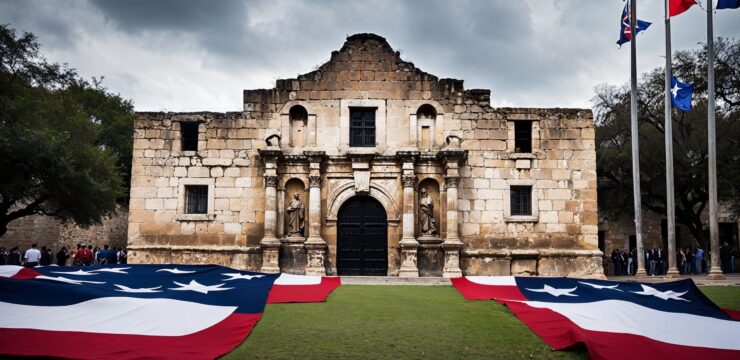The Statue of Liberty and Ellis Island stand as enduring symbols of freedom, hope, and the immigrant experience in the United States. Situated in New York Harbor, these historic landmarks have welcomed millions of newcomers seeking a better life and continue to captivate visitors from around the world.
The Statue of Liberty: A Beacon of Freedom
Gifted to the United States by France in 1886, the Statue of Liberty is one of the most recognizable symbols of democracy and freedom. Designed by French sculptor Frédéric Auguste Bartholdi, with engineering support from Gustave Eiffel, the statue stands at 305 feet tall, including its pedestal. Lady Liberty holds a torch in her right hand, symbolizing enlightenment, and a tablet in her left hand inscribed with the date of American independence, July 4, 1776.
The statue’s design was inspired by the Roman goddess Libertas, and its placement at the entrance of New York Harbor was intentional—to serve as a welcoming figure to immigrants arriving by sea. Over the years, it has remained a powerful representation of liberty, justice, and the promise of the American Dream.
Ellis Island: The Gateway to America
Located just a short distance from the Statue of Liberty, Ellis Island served as the nation’s busiest immigration station from 1892 to 1954. More than 12 million immigrants passed through its halls, undergoing medical examinations and legal processing before stepping onto American soil. For many, the island represented the final hurdle in a long and often arduous journey from Europe and other parts of the world.
The Ellis Island National Museum of Immigration now occupies the main building of the former immigration station. The museum provides visitors with compelling exhibits that detail the immigrant experience, including personal stories, artifacts, and historical records. Genealogy enthusiasts can also search the museum’s extensive archives to trace their ancestors’ arrival in America.
A Lasting Legacy
Today, the Statue of Liberty and Ellis Island are integral parts of the Statue of Liberty National Monument, managed by the National Park Service. Millions of tourists visit these sites each year, eager to stand in the shadow of Lady Liberty and walk through the halls of Ellis Island, where so many hopeful individuals took their first steps in a new land.
Together, these landmarks remind us of America’s rich immigrant history and the ideals upon which the nation was founded. They continue to inspire those who visit, serving as testaments to the enduring pursuit of freedom and opportunity.

